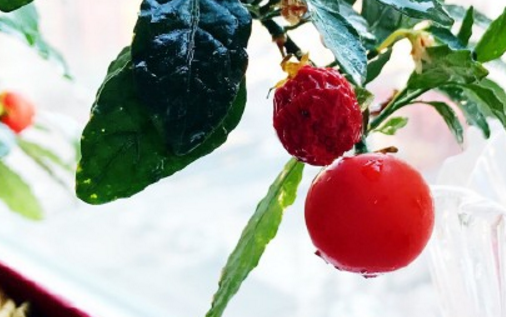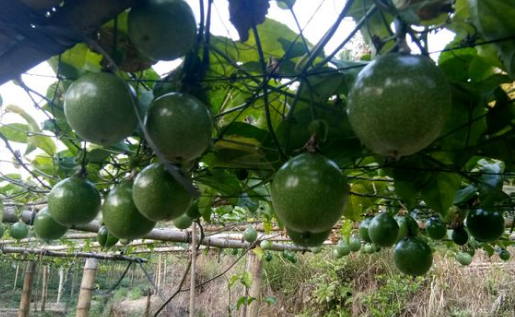2018 what is the economic benefit of planting safflower? What are the main diseases and insect pests and their control methods?
Safflower, also known as red and blue flower, thorn safflower, mainly produces Henan, Hunan, Sichuan, *, Xizang and other places. Promoting blood circulation and dredging menstruation, dispelling blood stasis and relieving pain, flowering and fruiting period from May to August. What is the economic benefit of planting safflower with 2018 yuan? What are the main diseases and insect pests and their control methods?

2018 what is the economic benefit of planting safflower?
1. Safflower alias safflower, Sichuan safflower, annual or perennial herbs. Using filaments for medicine is one of the important medicines in gynecology, with functions of removing blood stasis and relieving pain. It mainly treats dysmenorrhea, amenorrhea, uterine blood stasis pain, coronary heart disease and angina pectoris. Safflower is not only used for medicine, but also a natural pigment and dye. The current market price across the country is 100 yuan-105 yuan / kg, the future is promising, it is a good project suitable for development.
2. Safflower is a commonly used bulk variety in the national traditional Chinese medicine market. Since China's accession to the World Trade Organization, it has been exported in large quantities to earn foreign exchange. Safflower oil and safflower seed oil are very popular in the world. In recent years, the planting area is small, the contradiction between supply and demand is prominent, but the demand is increasing. Therefore, in recent years, the price of safflower has always remained high and the trend is smooth. In addition, safflower has the function of promoting blood circulation and dispelling blood stasis, and many technology companies have developed cosmetic products such as freckle cream and dew, which have opened up a new market for the development and utilization of safflower.
What are the main diseases and insect pests of safflower and their control methods?
1. Main diseases of safflower and their control methods
1. Anthracnose: from March to April, the varieties of non-thorn safflower grew vigorously, the density was high, the fields were wet and poorly ventilated, which were easy to occur, harmed stems, leaves and buds, and directly affected the yield. When diseased plants are found, remove them in time and burn them centrally; spray with difenoconazole 2000 times or 45% miramine 800-1000 times before onset to treat both black spot and sclerotiorum.
2. Rust: from February to March, low temperature and high humidity are beneficial to the disease, mainly harmful to leaves. Control methods: seed dressing with 0.4% seed amount of 15% trimethoprim; at the initial stage of the disease, spraying with 15% trimethoprim 500 times solution and 40% trimethoprazole 1500 times solution; budding fertilizer to control nitrogen and increase phosphorus and potassium.
3. Fusarium wilt: it is serious in low temperature, overcast and rain at flowering stage, which harms the whole plant. Prevention and treatment methods: clean the countryside, find diseased plants, remove them in time and burn them centrally, and disinfect the diseased points with lime powder. Irrigate the root with the solution of Bordeaux 120 Bordeaux or 50% carbendazim 500 × 600; select the disease-free plant to keep the seed.
Second, the main insect pests of safflower and their control methods
1. Safflower fruit fly: harm the flower head and young seeds with larvae. Control methods: clean the countryside; spray the flower buds with acetamiprid, acetamiprid, Banqianjing and other chemicals in the white period.
2. The drillworm does great harm to the inflorescence. Once the worm gets into the inflorescence, the flowers wither and seriously affect the yield. Prevention and control methods: in the budding stage, diflubenzuron spray was used to control for 2 times for 3 times.
Time: 2019-03-16 Click:
- Prev

What is the method of winter coral culture of tubular flower order? How do you trim it? Can I breed it indoors?
Winter coral likes sunshine and warm environment, it is not resistant to shade or cold, so what is the method of winter coral culture? How do you trim it? Can I breed it indoors? According to the data, winter corals do not have high requirements for soil. They like loose, fertile and well-drained soil, preferably neutral or slightly acidic.
- Next

The breeding methods and matters needing attention of eggplant golden fruit? What is fancy language? How do you breed?
Milk eggplant (scientific name: SolanummammosumL.), also known as golden fruit, Wuzhi eggplant, etc., so the breeding methods and points for attention of golden fruit? What is fancy language? How do you breed? According to the data, golden fruit likes a warm and humid growth environment, which requires sufficient light.
Related
- Fuxing push coffee new agricultural production and marketing class: lack of small-scale processing plants
- Jujube rice field leisure farm deep ploughing Yilan for five years to create a space for organic food and play
- Nongyu Farm-A trial of organic papaya for brave women with advanced technology
- Four points for attention in the prevention and control of diseases and insect pests of edible fungi
- How to add nutrient solution to Edible Fungi
- Is there any good way to control edible fungus mites?
- Open Inoculation Technology of Edible Fungi
- Is there any clever way to use fertilizer for edible fungus in winter?
- What agents are used to kill the pathogens of edible fungi in the mushroom shed?
- Rapid drying of Edible Fungi

